We Are Off For An Adventure With Marianne, Craig, and Nancy! (Page One)
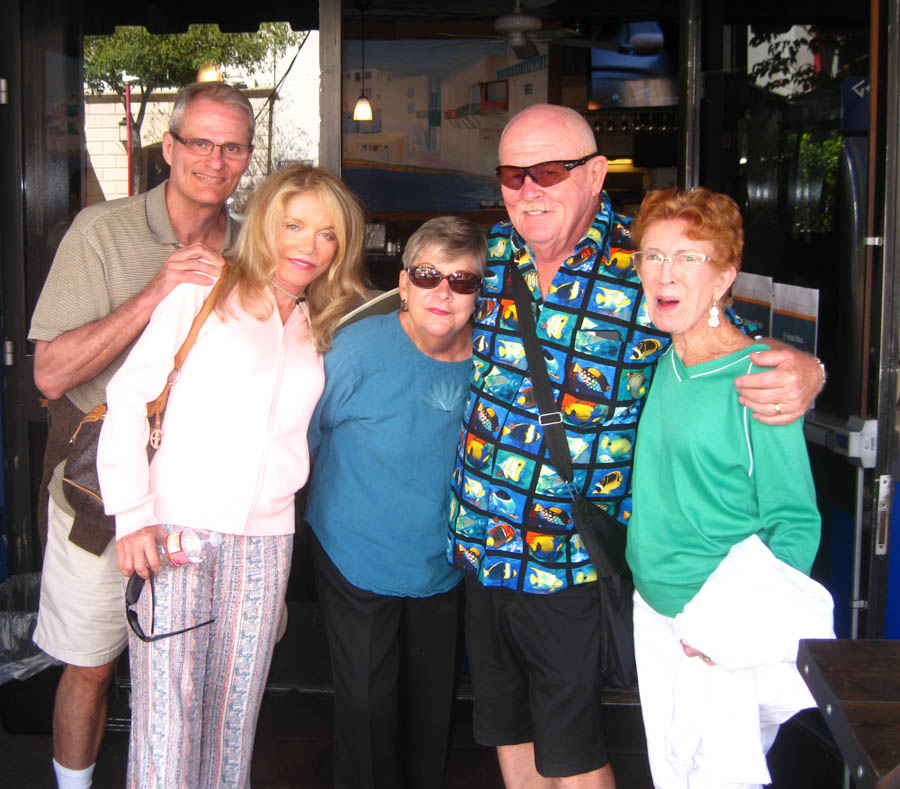
We are ready for the adventure
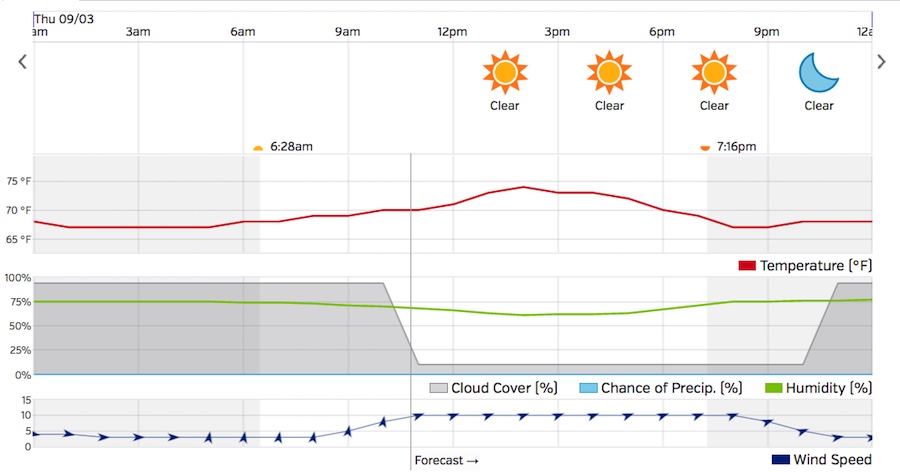
Great day for an adventure
Did You Know? - An adventure is an exciting or unusual experience. It may also be a bold, usually risky undertaking, with an uncertain outcome.
Adventures may be activities with some potential for physical danger such as exploring, skydiving, mountain climbing, river rafting or participating in extreme sports.
The term also broadly refers to any enterprise that is potentially fraught with physical, financial or psychological risk, such as a business venture, or other major life undertakings.
NOTE: At our age, the water taxi IS an adventure
The water taxi runs its "summer schedule" until September 7th and then returns to a reduced schedule so we are taking advantage of the situation.
What is that red, yellow and purple boat? It's The AquaLink water taxi from Long Beach Transit. The 68-foot catamaran comfortably ferries passengers to the most popular attractions in Long Beach Harbor and on down to Alamitos Bay Landing. Fare is just $5 and boarding is available at Doc 4 near the Aquarium of the Pacific, at the Queen Mary, and at Belmont Pier.
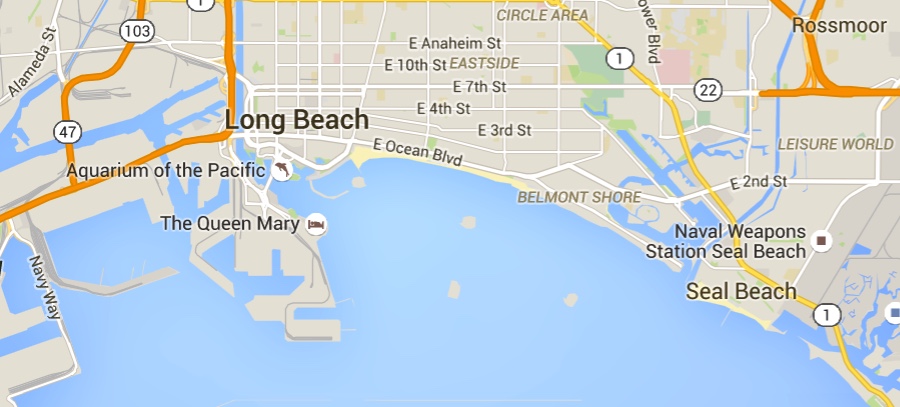
It's a short but interesting trip across the water
Links four popular places around Long Beach Harbor: The Queen Mary, Aquarium of the Pacific, Belmont Pier and Alamitos Bay Landing
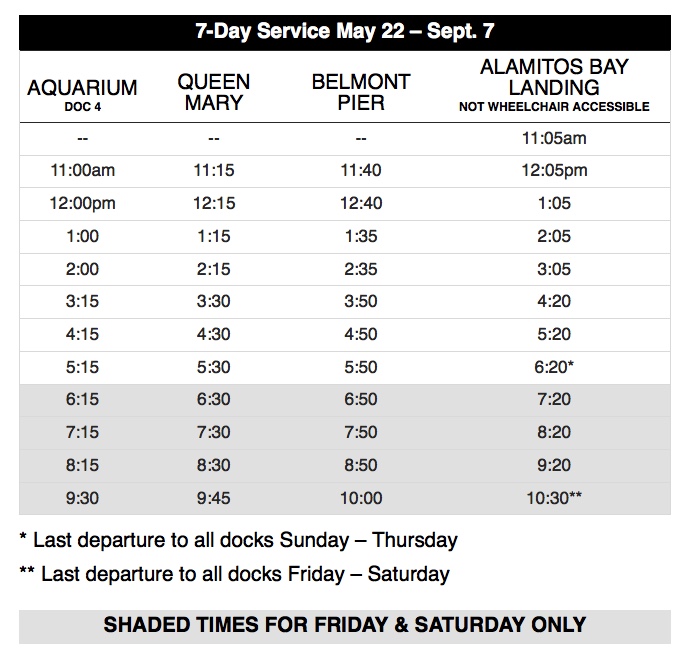
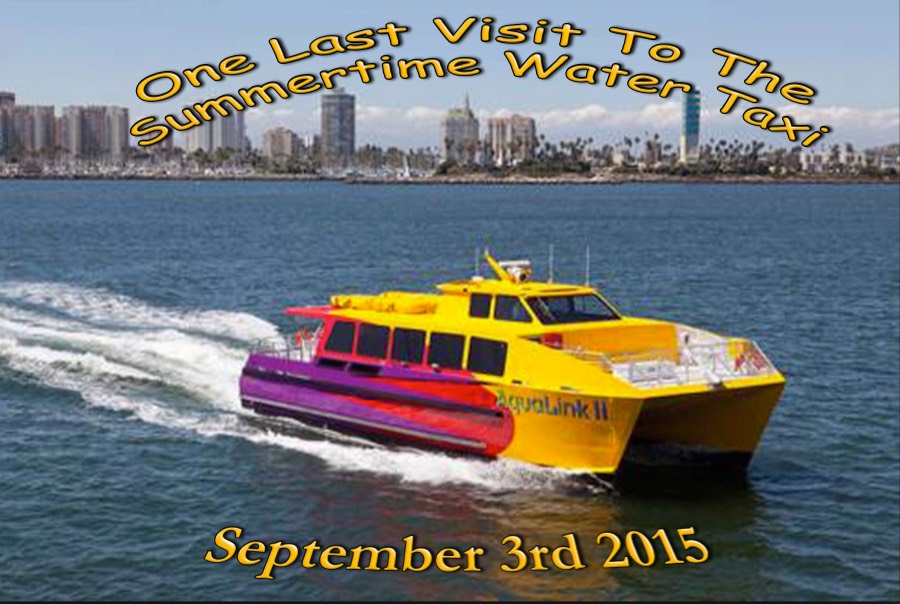
Meeting At Malarkeys And Heading Out
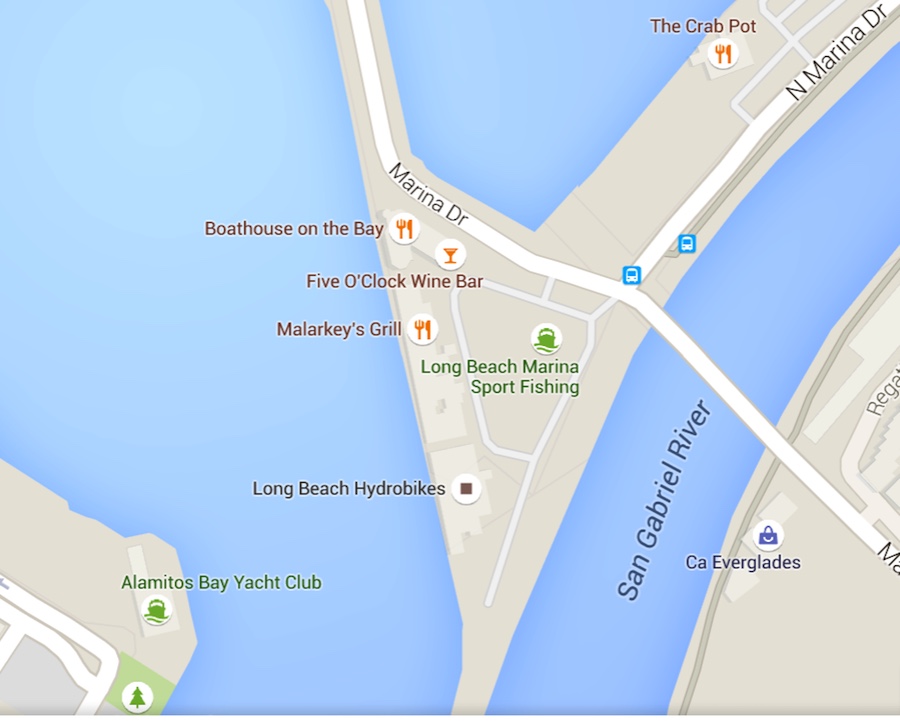
We meet at Malarkey's every Monday evening so everyone knows where it is!
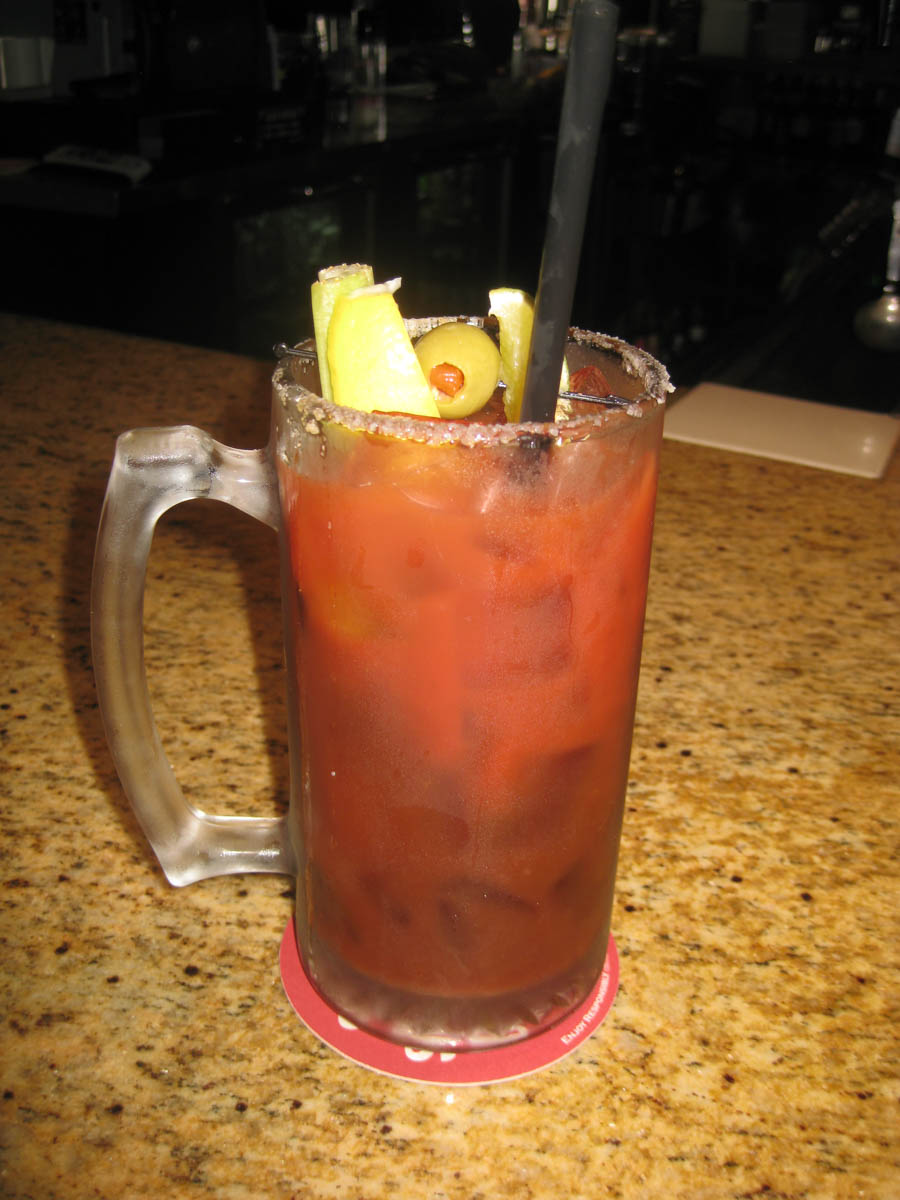
We start the day properly with a large Bloody Mary
Did You Know? - Fernand Petiot claimed to have invented the Bloody Mary in 1921, well before any of the later claims. He was working at the New York Bar in Paris at the time, which later became Harry's New York Bar, a frequent Paris hangout for Ernest Hemingway and other American expatriates. Harry's Bar also claims to have created numerous other classic cocktails, including the White Lad and the Side Car.
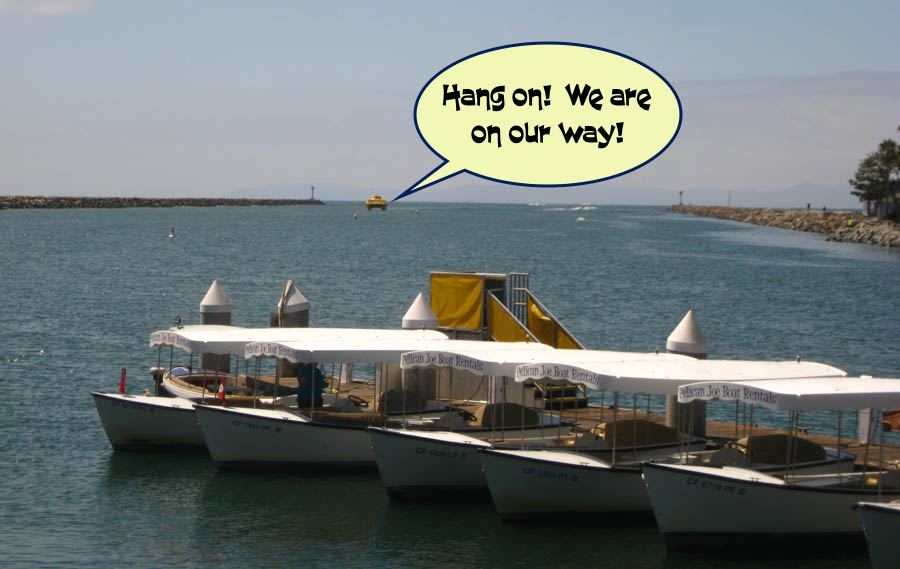
The taxi is on its way
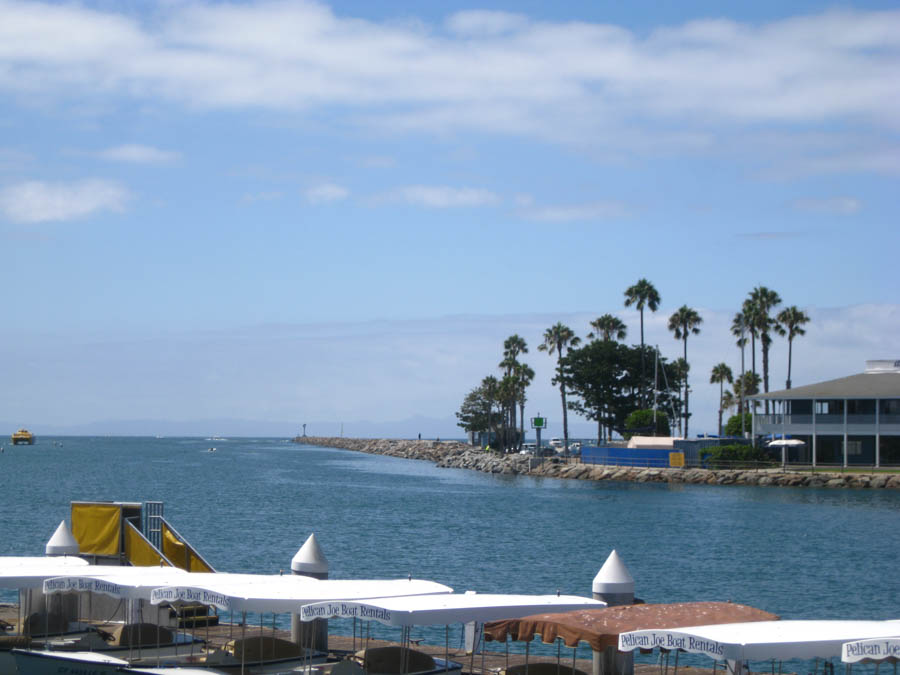
A beautiful day to sail the bounding main!

Time to get on board
Did You Know? - The term water taxi is usually confined to a boat operating on demand, and water bus to a boat operating on a schedule. In North American usage, the terms are roughly synonymous.
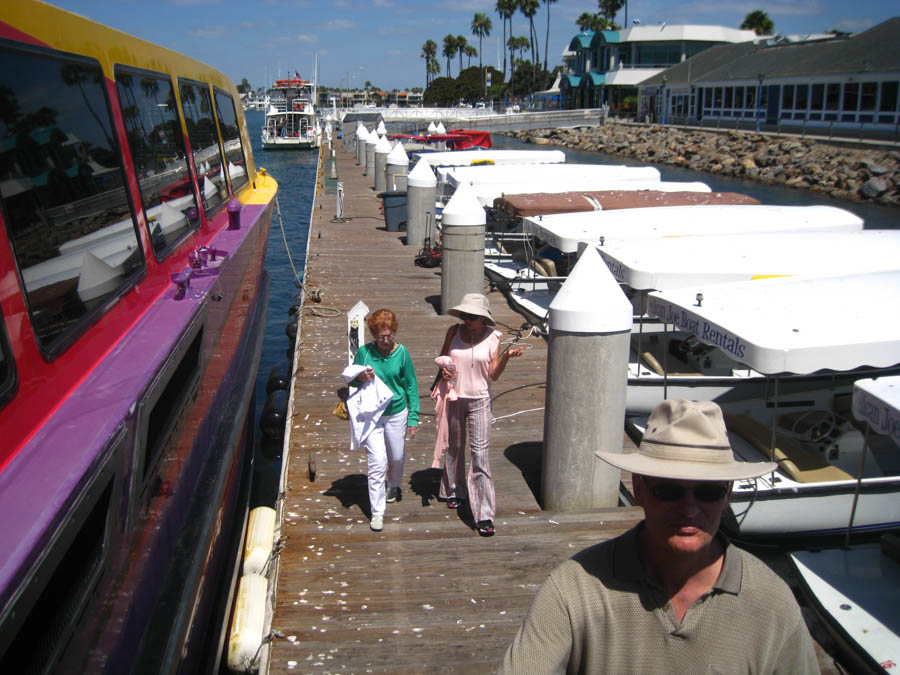
Here we come!

Come on girls... The taxi's meter is running
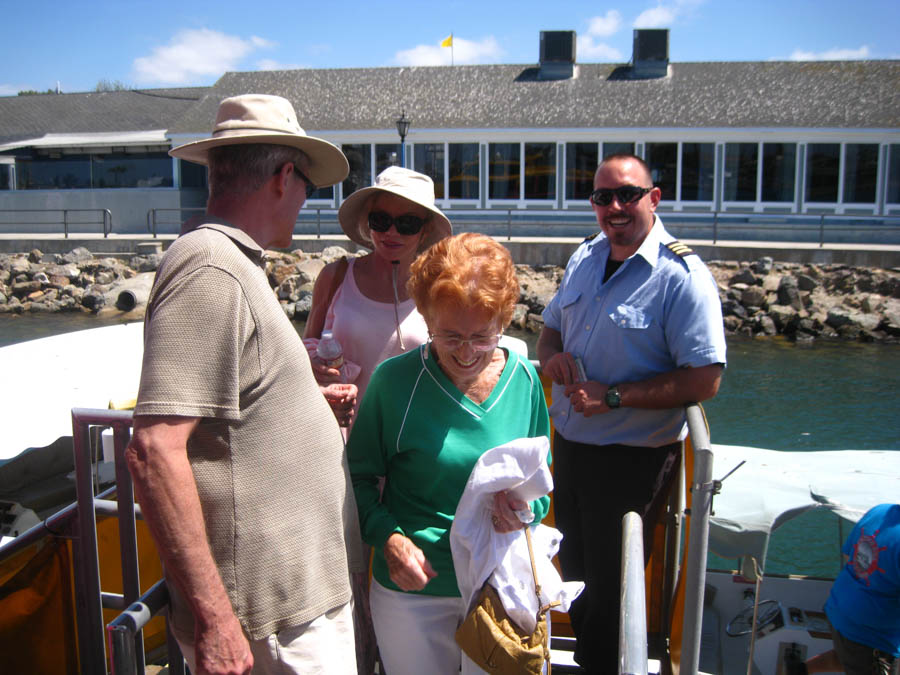
We knew the crewman from the last trip!
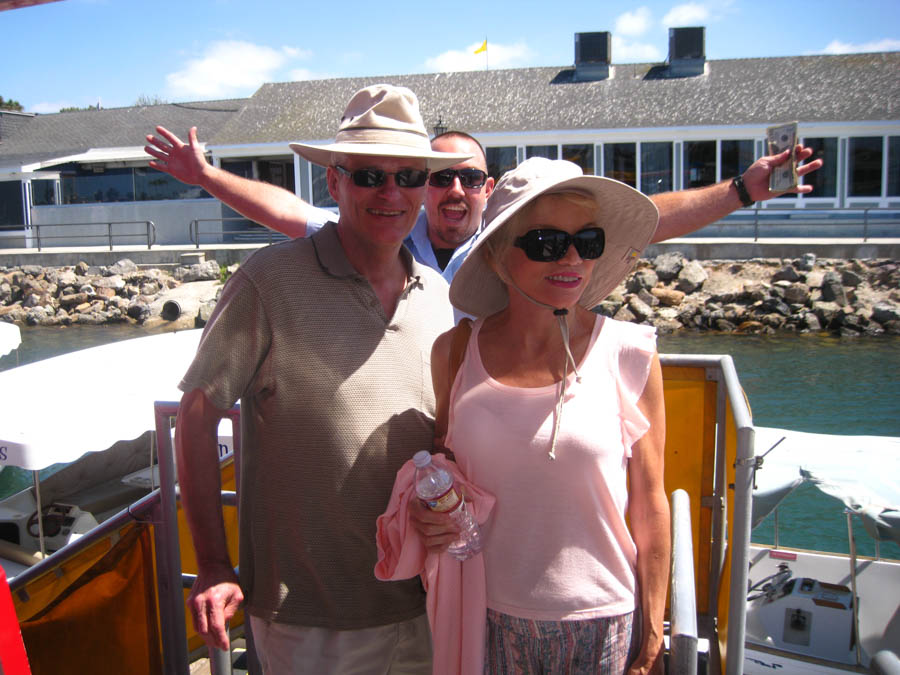
Photobombed! Yes!
Did You Know? - Photobombing is the act of accidentally or purposely putting oneself into the view of a photograph, often in order to play a practical joke on the photographer or the subjects.
Photobombing has received significant coverage since 2009.
In discussing a "stingray photobomb" picture that went viral, Andrea DenHoed suggests that the photobomb label "implies a narrative of surreptitious sabotage,"although in the sense of unintended and/or initially unnoticed people in the background of spoiled photographs, photobombs have existed for much of the history of photography.
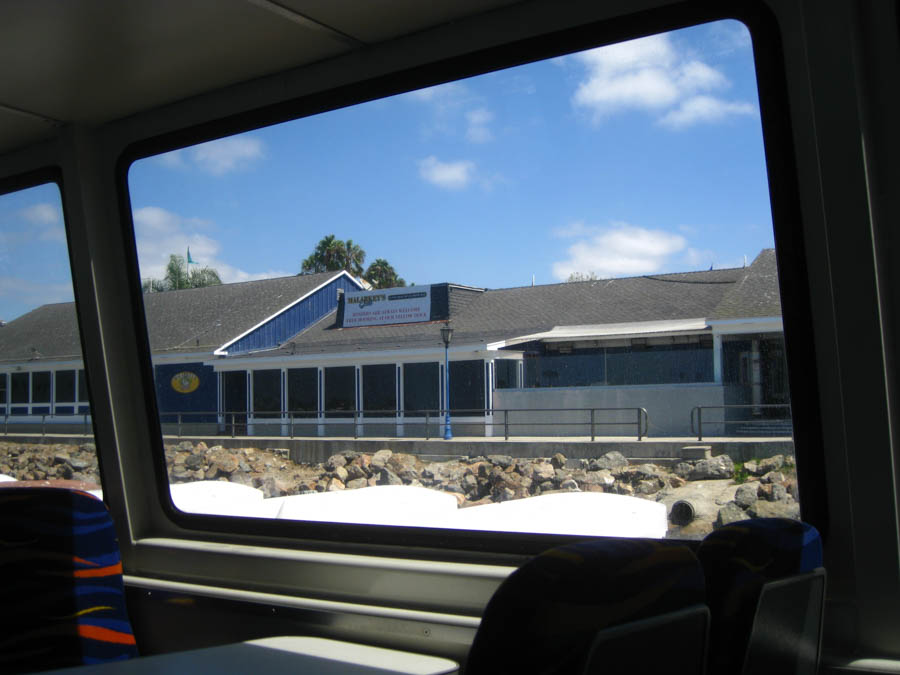
Bye Malarkey's.. See you in a couple of hours
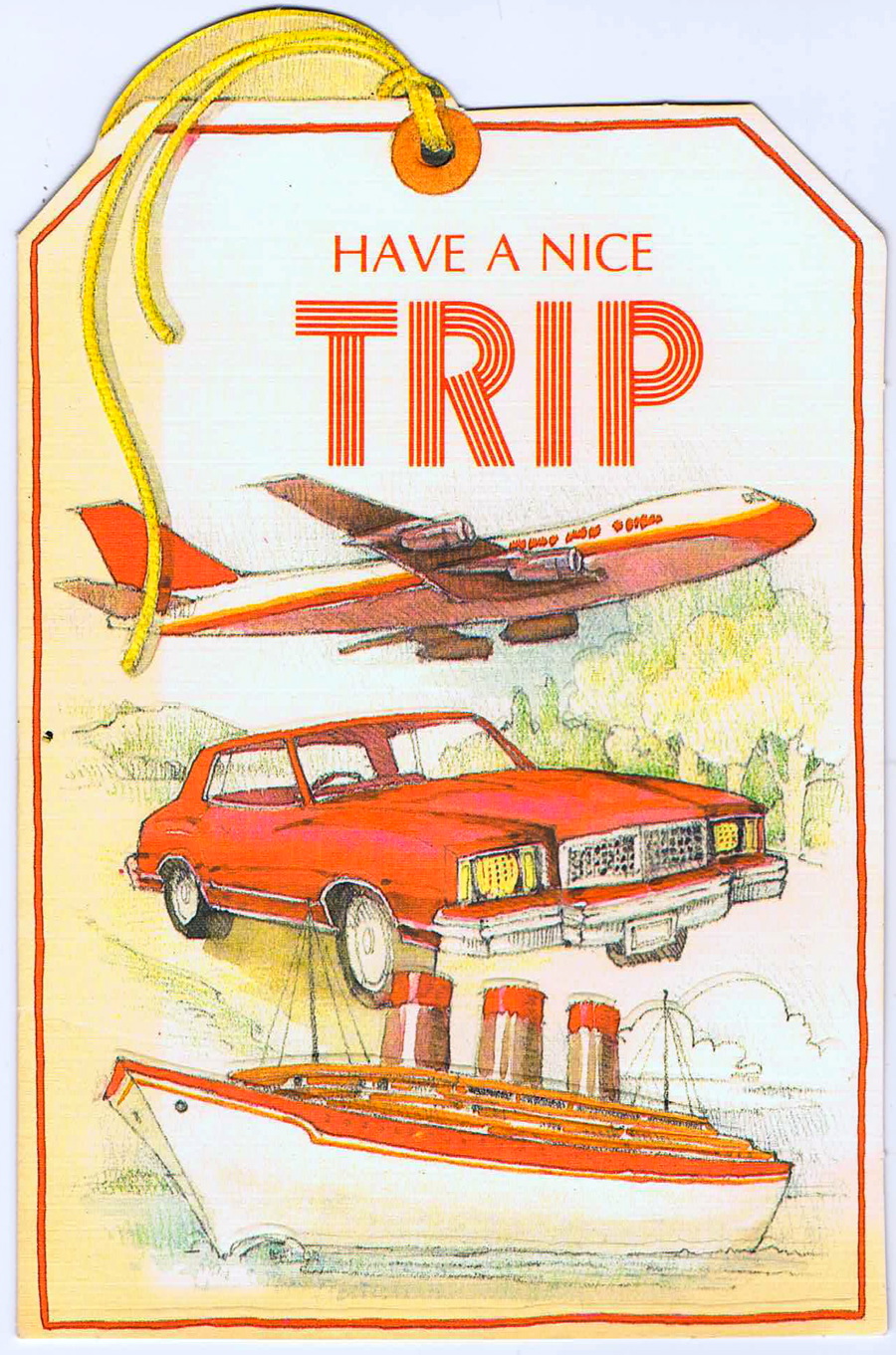
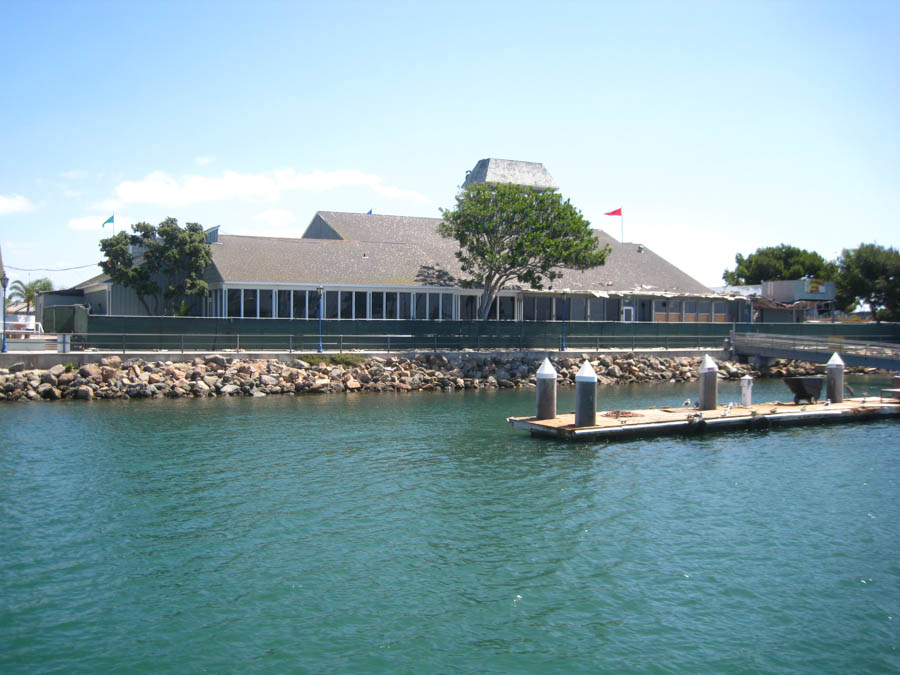
Khoury's rebuild is well under way!
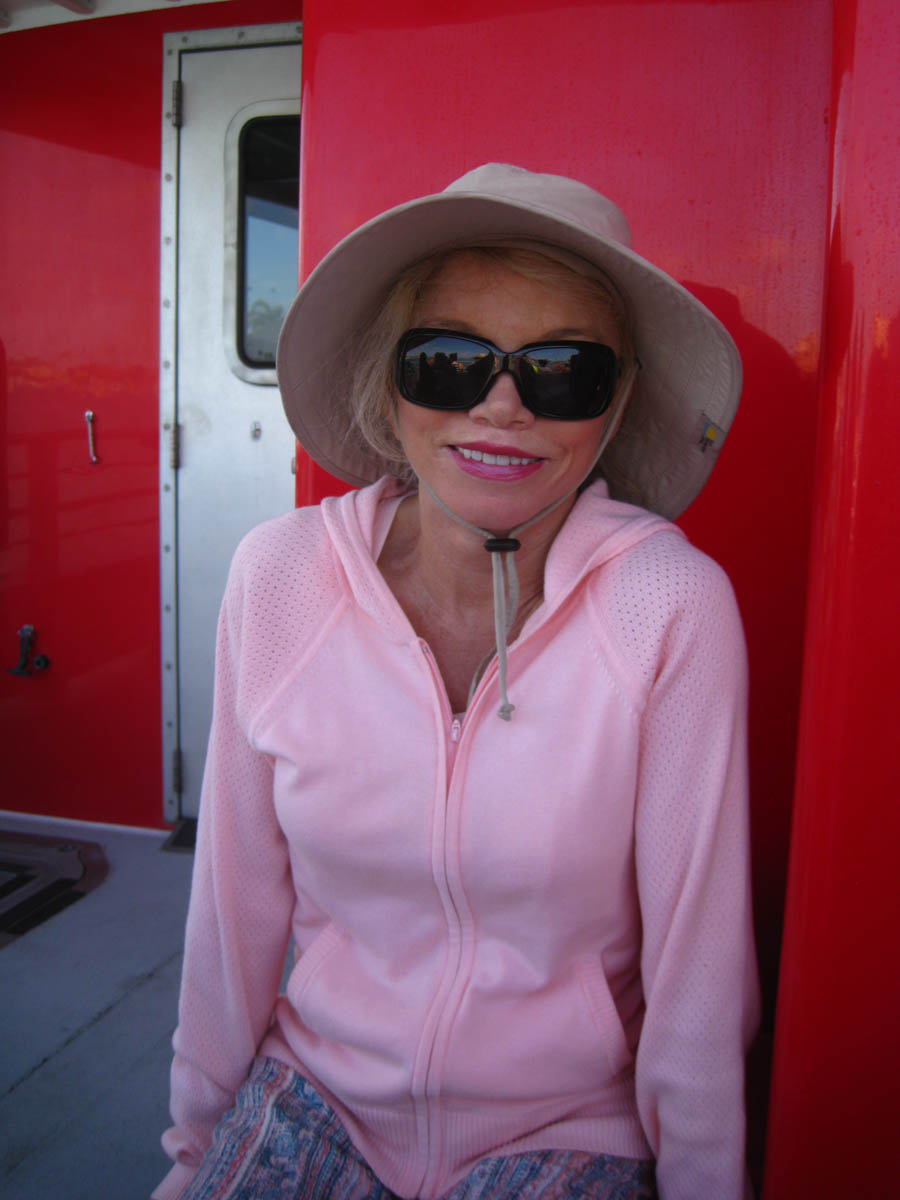
Pink and red... Looking good!
Why is she next to the life preserver?
Did You Know? - The most ancient examples of primitive life jackets can be traced back to inflated bladders of animal skins or hollow, sealed gourds, for support when crossing deep streams and rivers. Purpose-designed buoyant safety devices consisting of simple blocks of wood or cork were used by Norwegian seamen.
The Mae West was a common nickname for the first inflatable life preserver, which was invented in 1928 by Peter Markus (1885–1974) (US Patent 1694714), with his subsequent improvements in 1930 and 1931.
The nickname originated because someone wearing the inflated life preserver often appeared to be as physically endowed as the actress Mae West.
It was popular during the Second World War with U.S. Army Air Forces and Royal Air Force servicemen, who were issued inflatable Mae Wests as part of their flight gear.
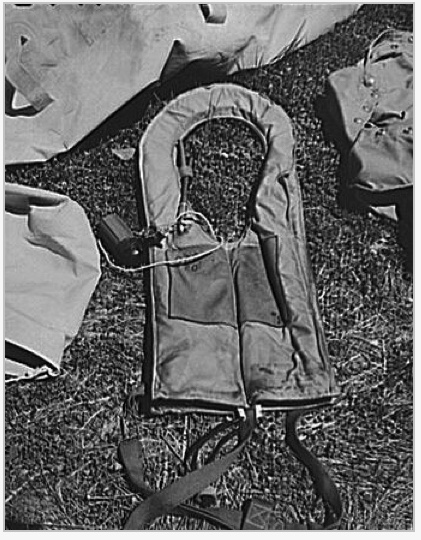
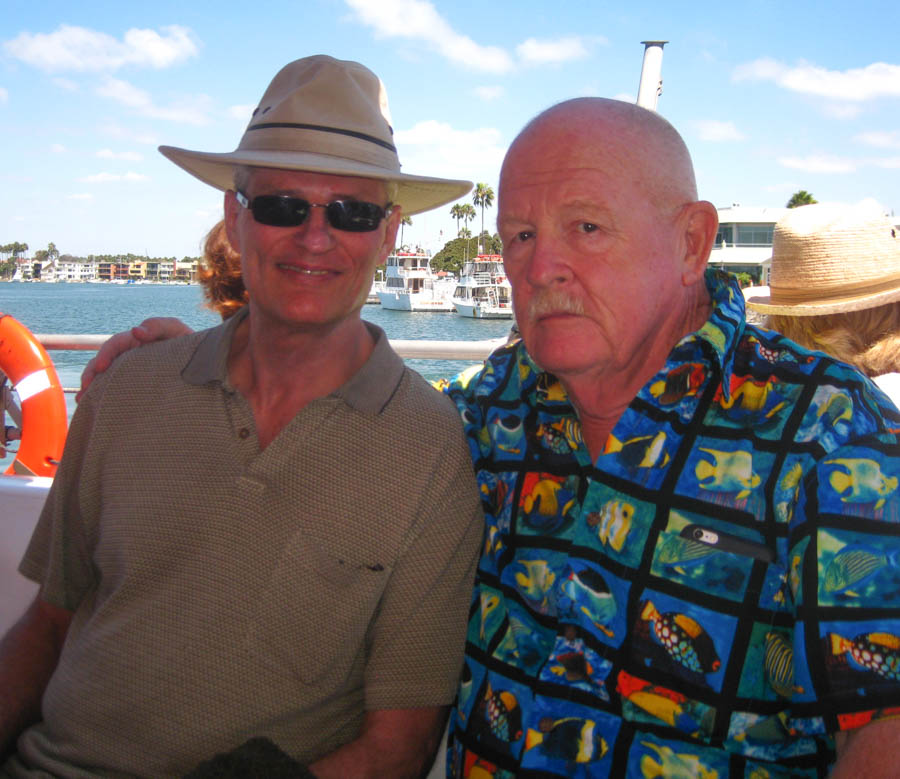
Craig and Paul... Paul in the appropriate sailing attire
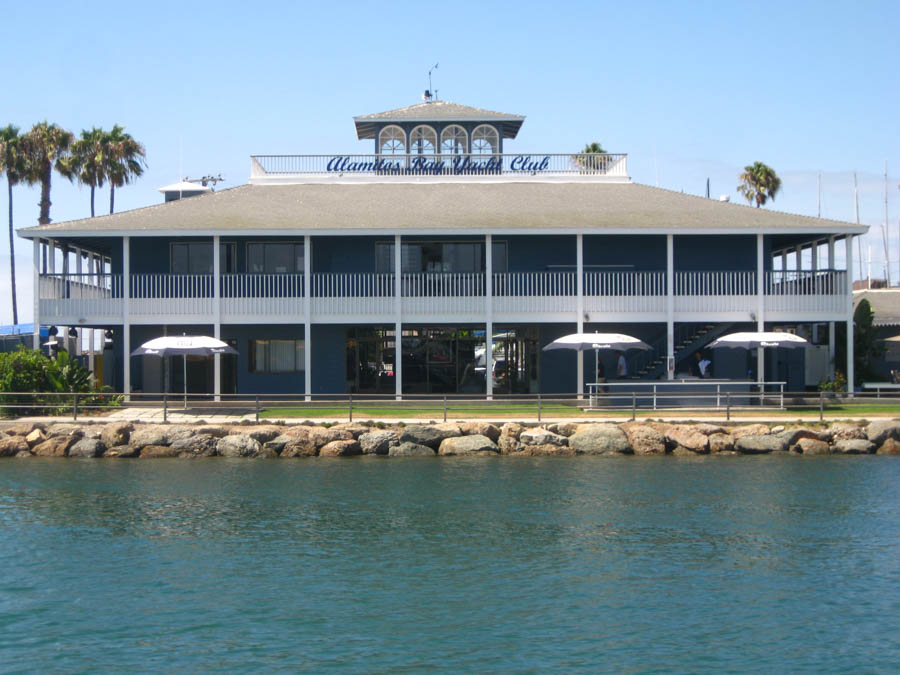
The yacht club is looking great! Wonder if they have dancing? Opened in 1924

Zooming down the channel leaving a trail of dust (Oops, water)
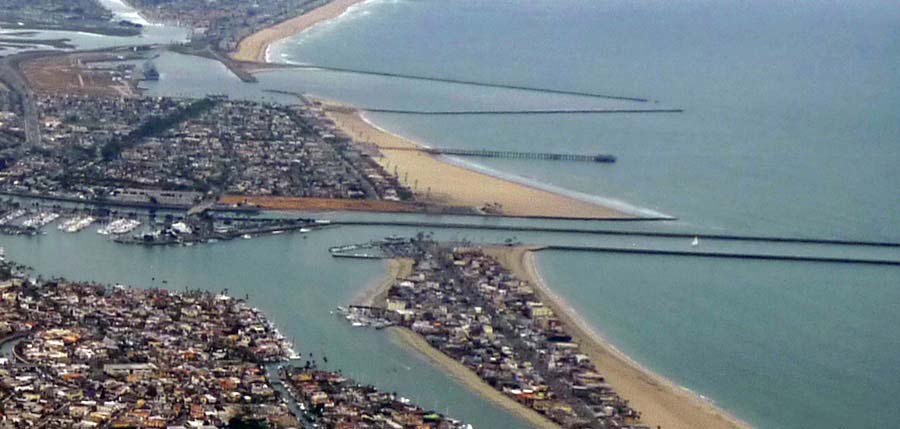
Out to sea we go right out Alamitos Channel
(
Click for full sized image
4000 x 4000 pixels
)
Did You Know? - Alamitos Bay is an inlet on the Pacific Ocean coast of southern California, United States, between the cities of Long Beach and Seal Beach, at the outlet of the San Gabriel River. The bay is named for the Spanish word for 'little poplars'. The primary inflow is from the Los Cerritos Channel.
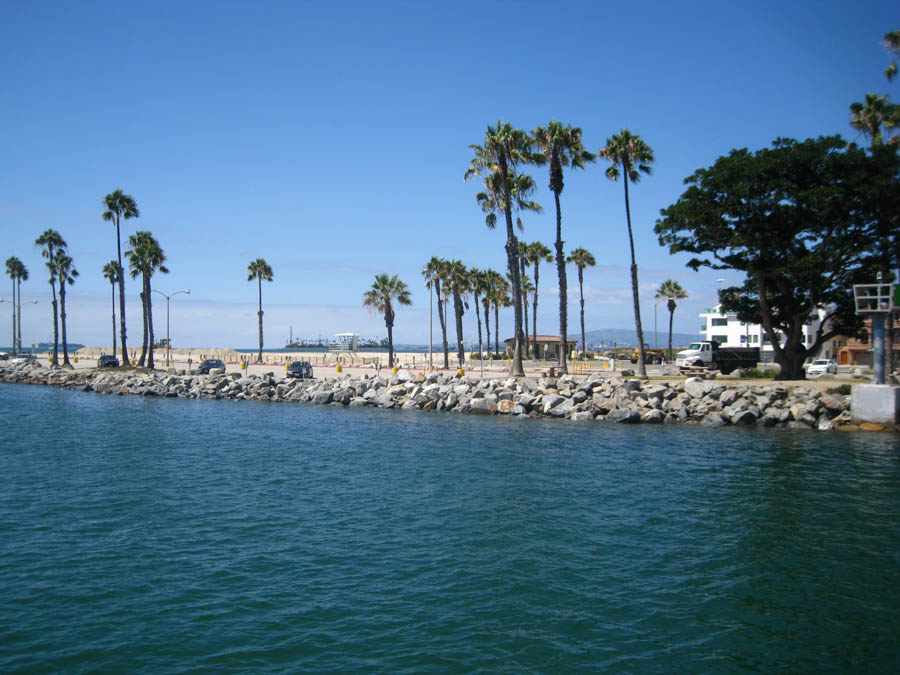
We can see the harbor and Palos Verdes over the channel

We are well inspected!
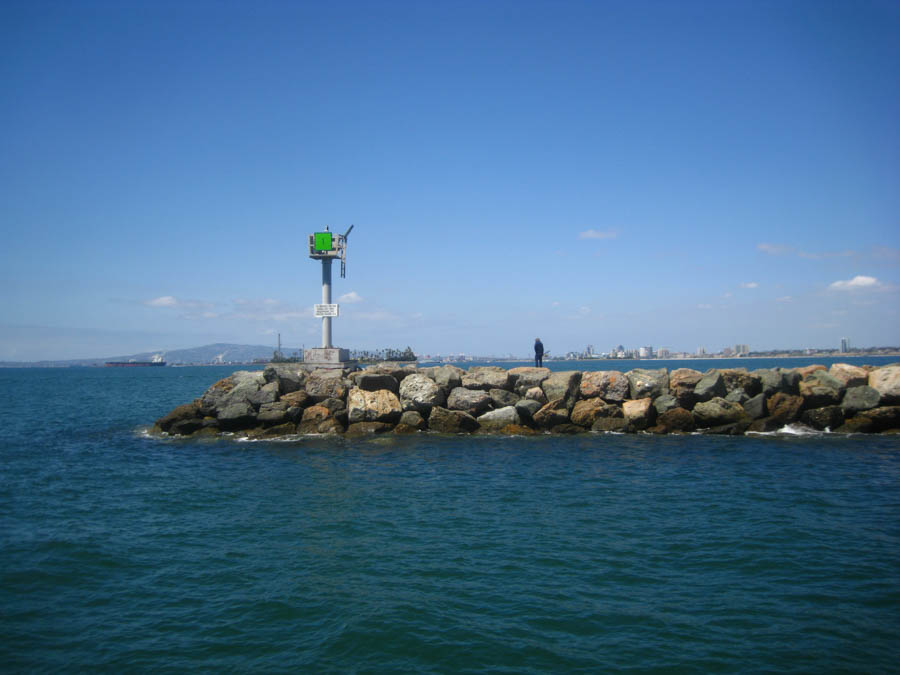
Out into the open sea! The seawater is quite intrusive to the local communities.
Did You Know? - In 1940 freshwater pumping wells along the coast of Los Angeles County began to be abandoned due to seawater intrusion. A cooperative study between the United States Geologic Survey's Water Resources Division and the Los Angeles County Flood Control District to investigate this critical situation determined in 1943 that immediate action was necessary to restrain the situation.
Of the different alternatives, only artificial groundwater recharge was found to be economically feasible. Although storm water spreading basins could be used to recharge local unconfined aquifers, which lie directly beneath the ground surface, something different and innovative was necessary to reach those deeper confined aquifers containing by far the most fresh water.
The Alamitos Barrier project, which is comprised of 43 injection wells to provide a freshwater pressure ridge and 4 extraction wells to form a trough which breaks the landward gradient of intruding seawater, is located near the Los Angeles-Orange County line about two miles inland from the mouth of the San Gabriel River. To monitor the project performance, there are 226 observation wells along the barrier alignment, between injection wells, and spread out both landward and seaward in the vicinity of the barrier. The observation wells are used to monitor water surface elevations and depth specific chloride levels.
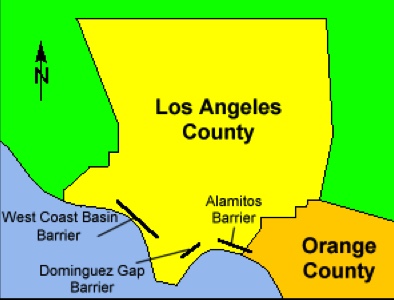
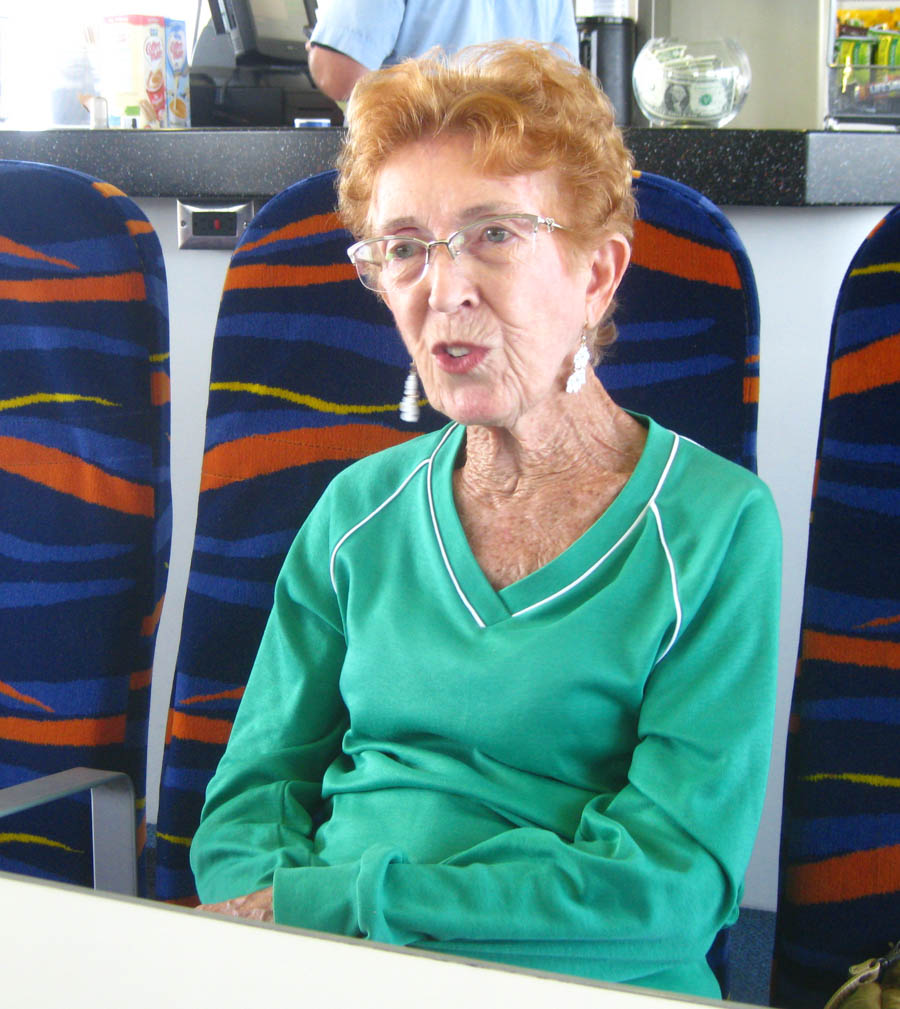
Nancy tells stories... We all enjoy them!
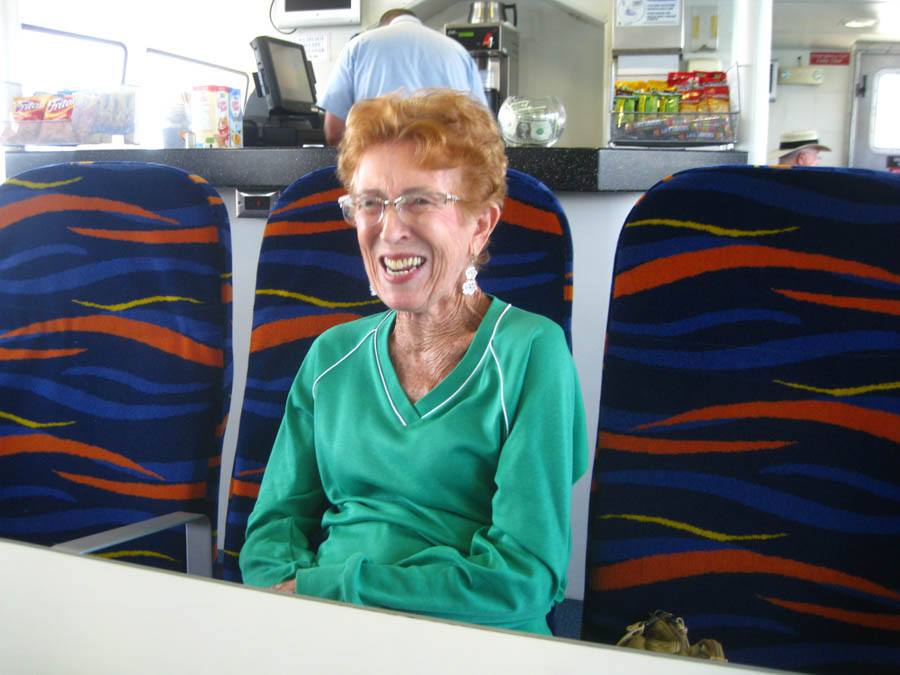
She loves her own stories also
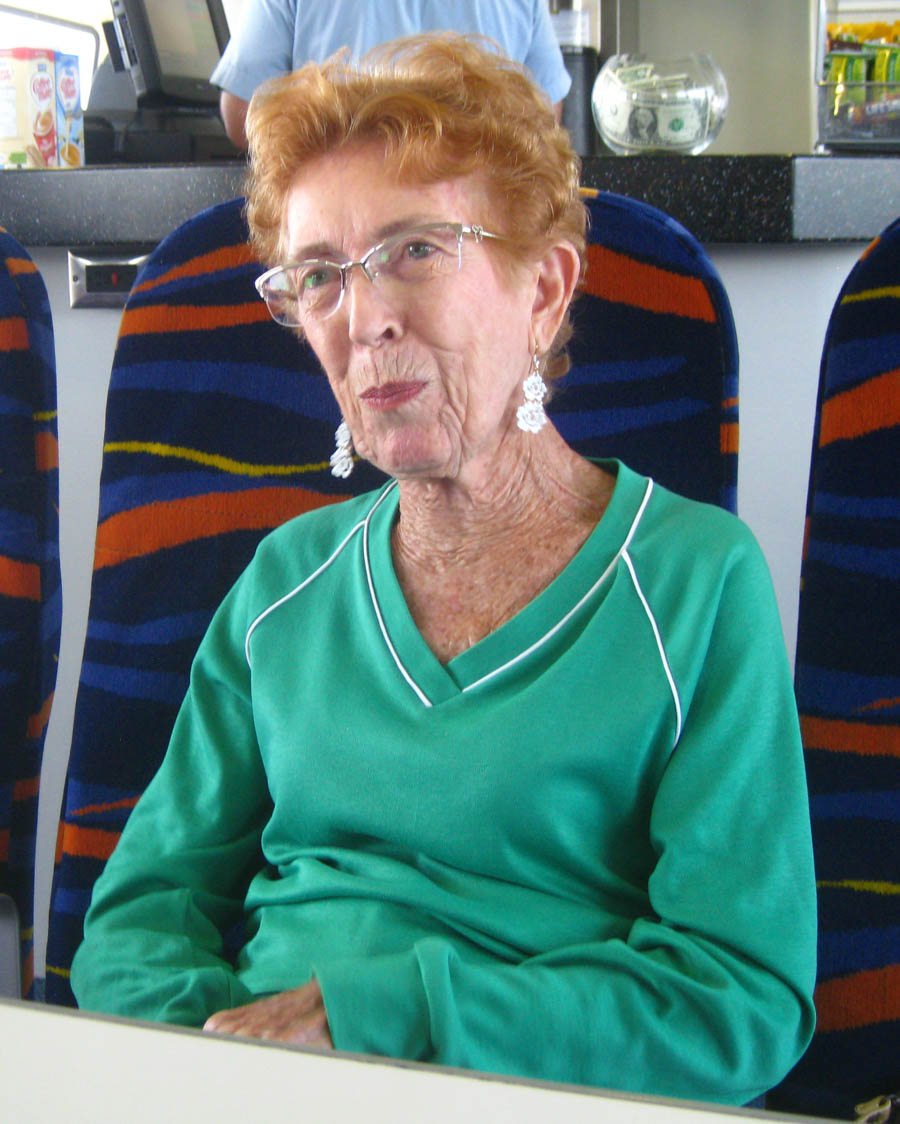
Too cute!
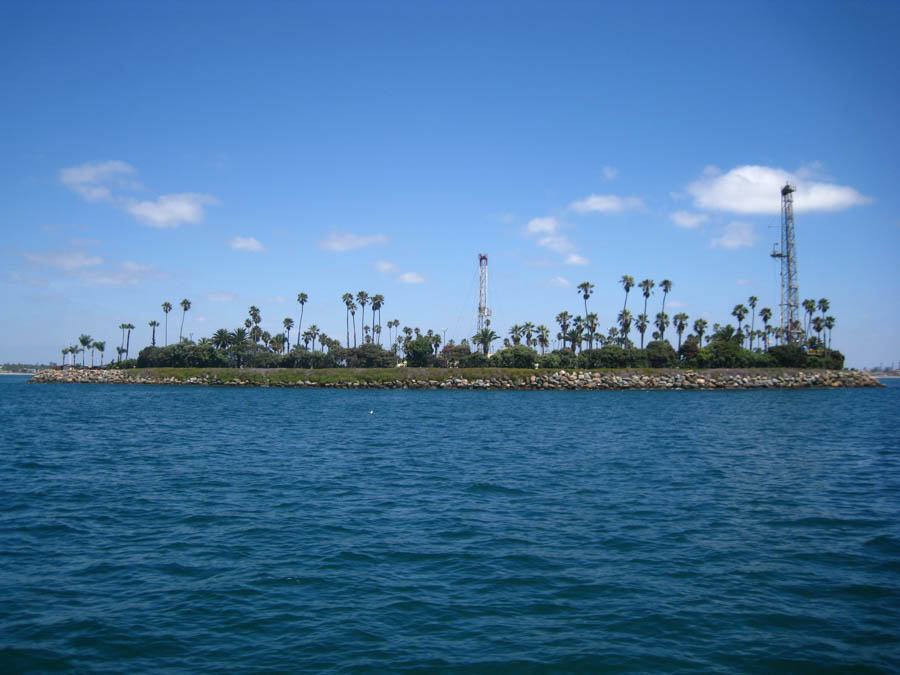
One of the four THUMS Islands named after fallen Apollo astronauts
Did You Know? - The THUMS Islands or Astronaut Islands are a set of four artificial islands in San Pedro Bay off the coast of Long Beach, California. They were built in 1965 to tap into the East Wilmington Oil Field. The landscaping and sound walls were designed to camouflage the operation and reduce noise, and they are the only decorated oil islands in the United States.
After a 1964 court case that gave the state of California mineral rights to the area, the islands were built at an estimated cost of $22 million in 1965, the islands were operated by THUMS, a consortium named after the parent companies who bid for the island contract: Texaco, Humble Oil (now Exxon), Union Oil, Mobil Oil, and Shell Oil.
The rim of the islands are made of 640,000 tons of boulders from Catalina Island, and the islands were then filled with 3.2 million cubic yards of dredged material from the bay.
The islands contain significant landscaping, a waterfall, and tall structures concealing the drilling rigs, including one known as The Condo and mistaken for "a ritzy hotel" by those on land.
The structures are lit in colored lights at night. The aesthetic mitigation cost $10 million at time of construction, and was overseen by theme park architect Joseph Linesch. They were described by a Los Angeles Times writer as "part Disney, part Jetsons, part Swiss Family Robinson"
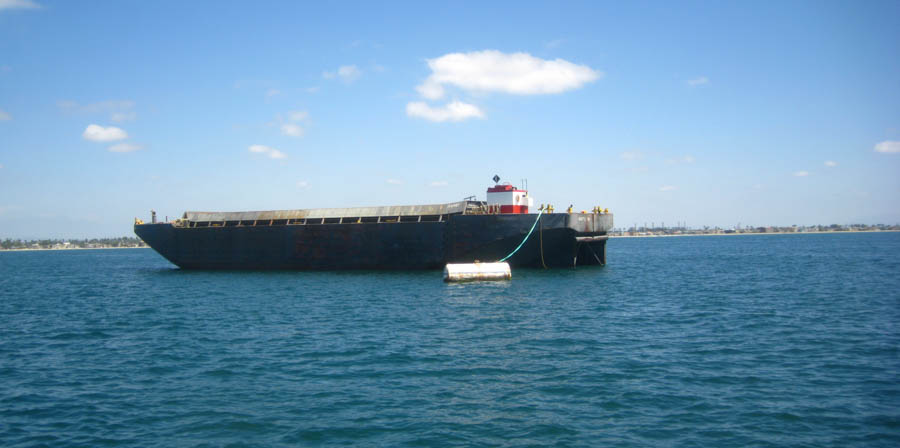
Just sitting in the sun!
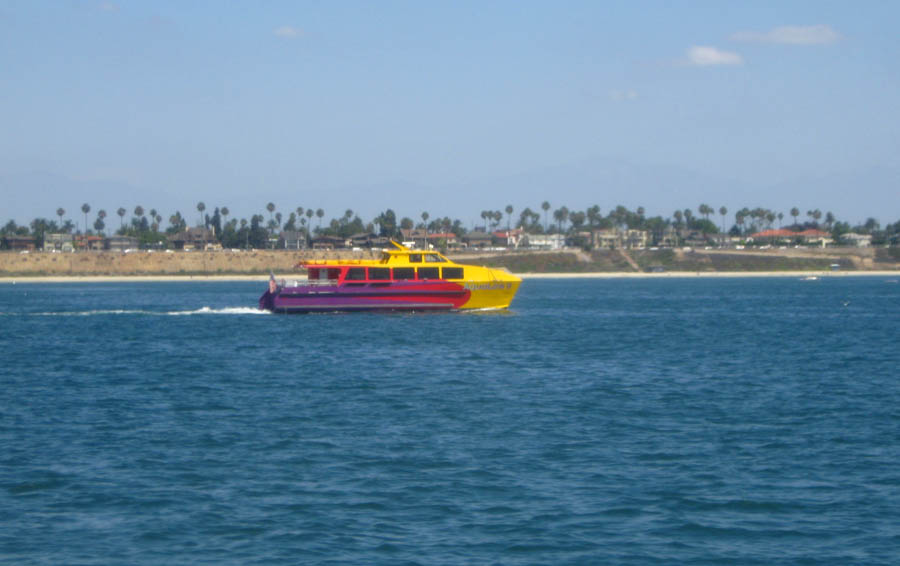
A mirror of our ship heading to Malarkeys

The Queen awaits us
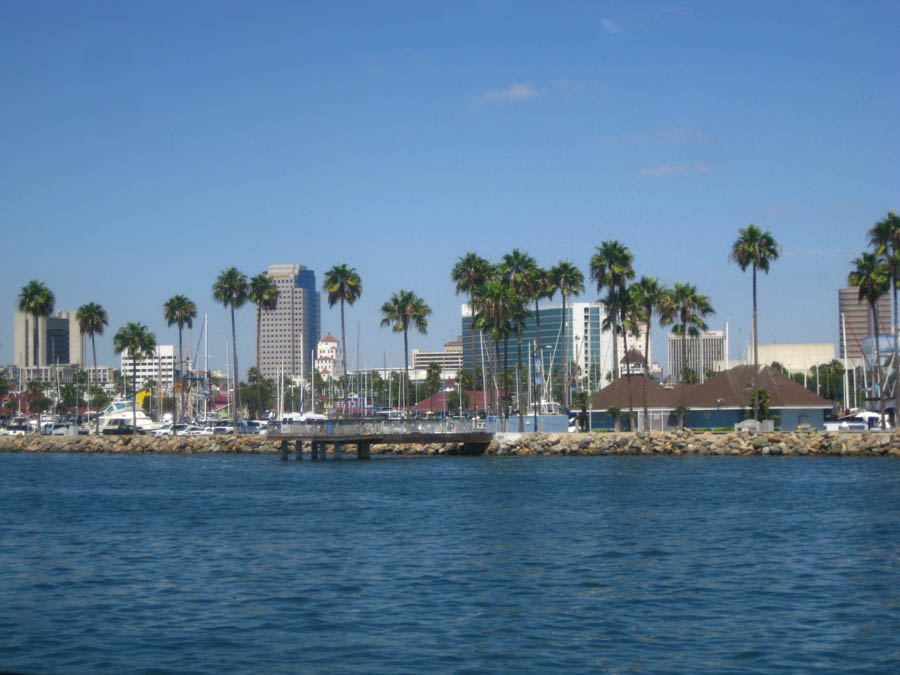
The sky was so clear today... 75 degrees... A perfect day!
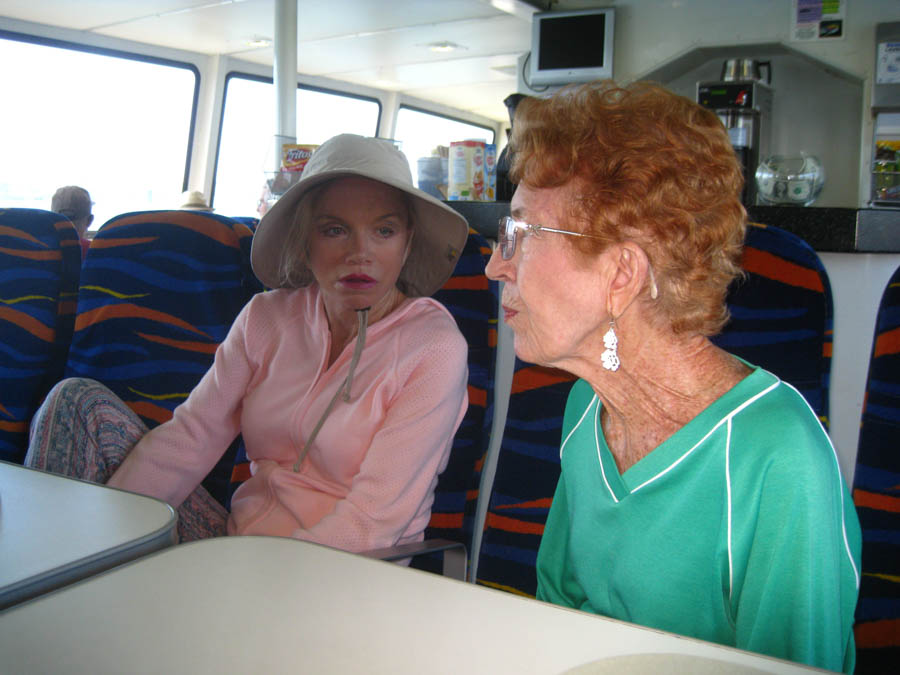
We are on the way!
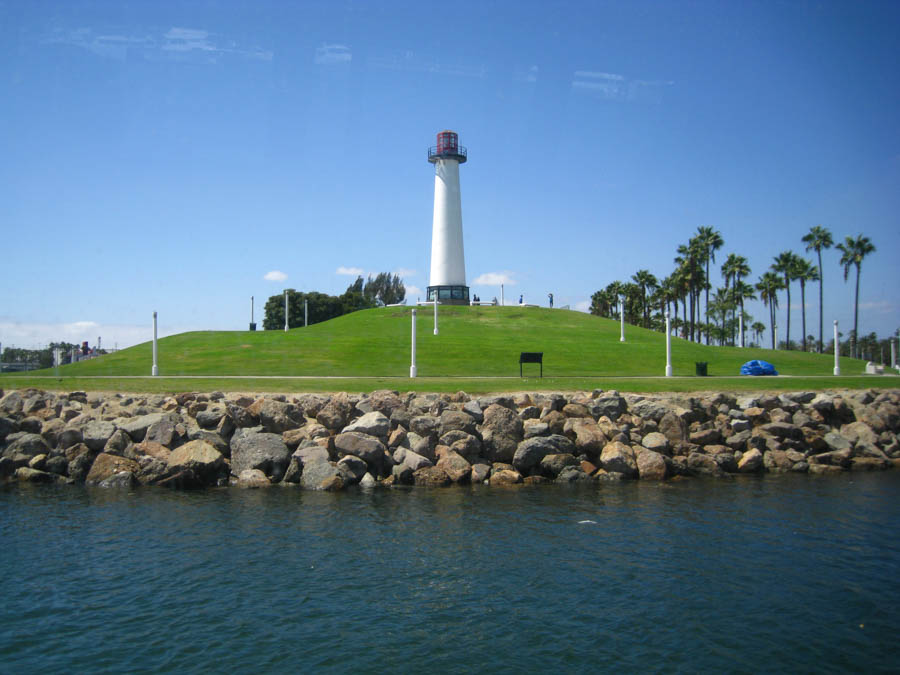
The lighthouse guided us into Rainbow Harbor
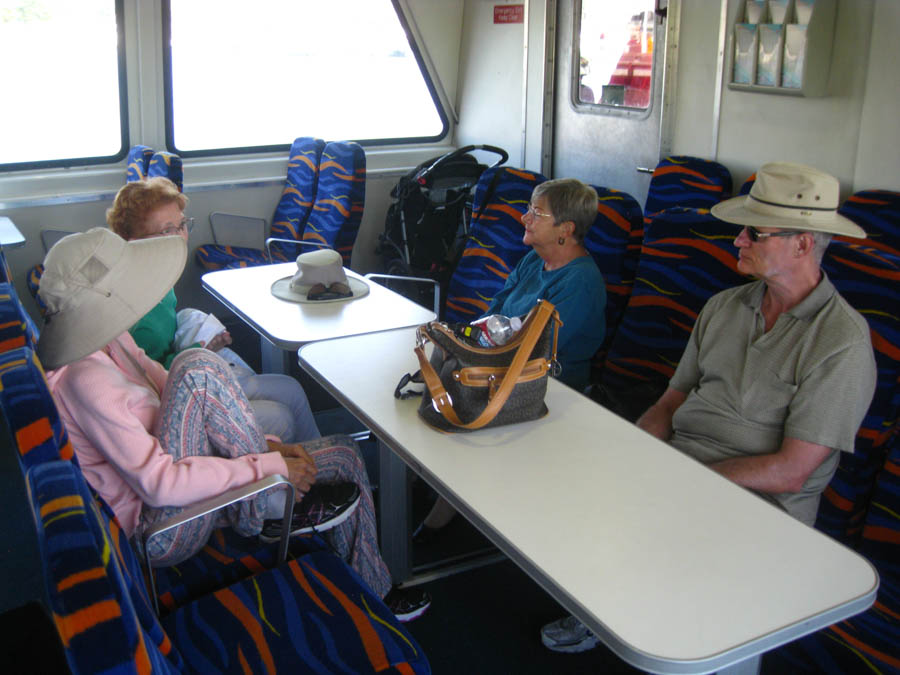
We are ready to hit the road
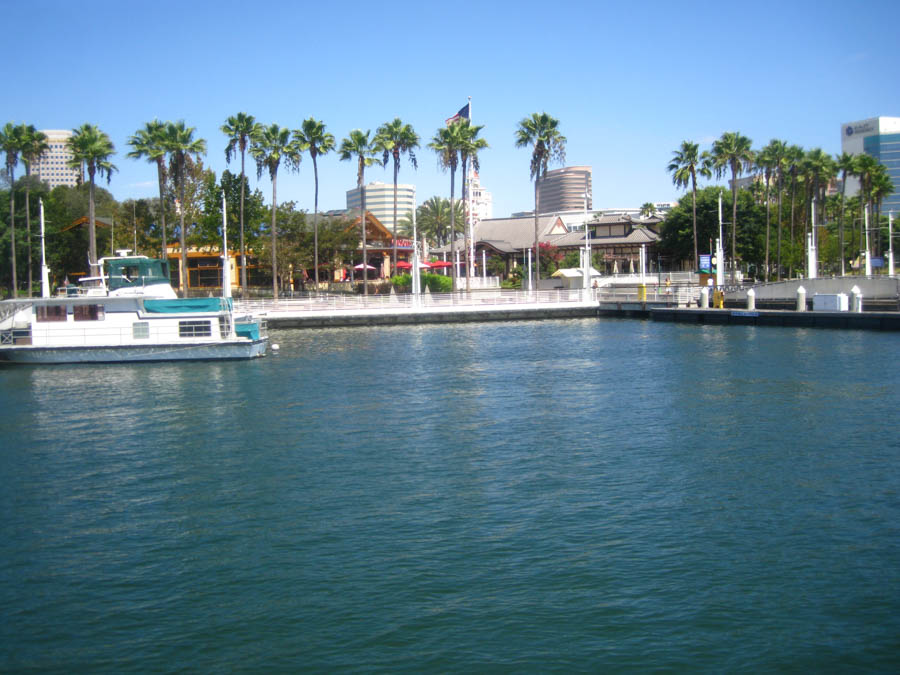
1,350 steps or .45 miles and we will be at George's Greek Cafe on Pine Street
